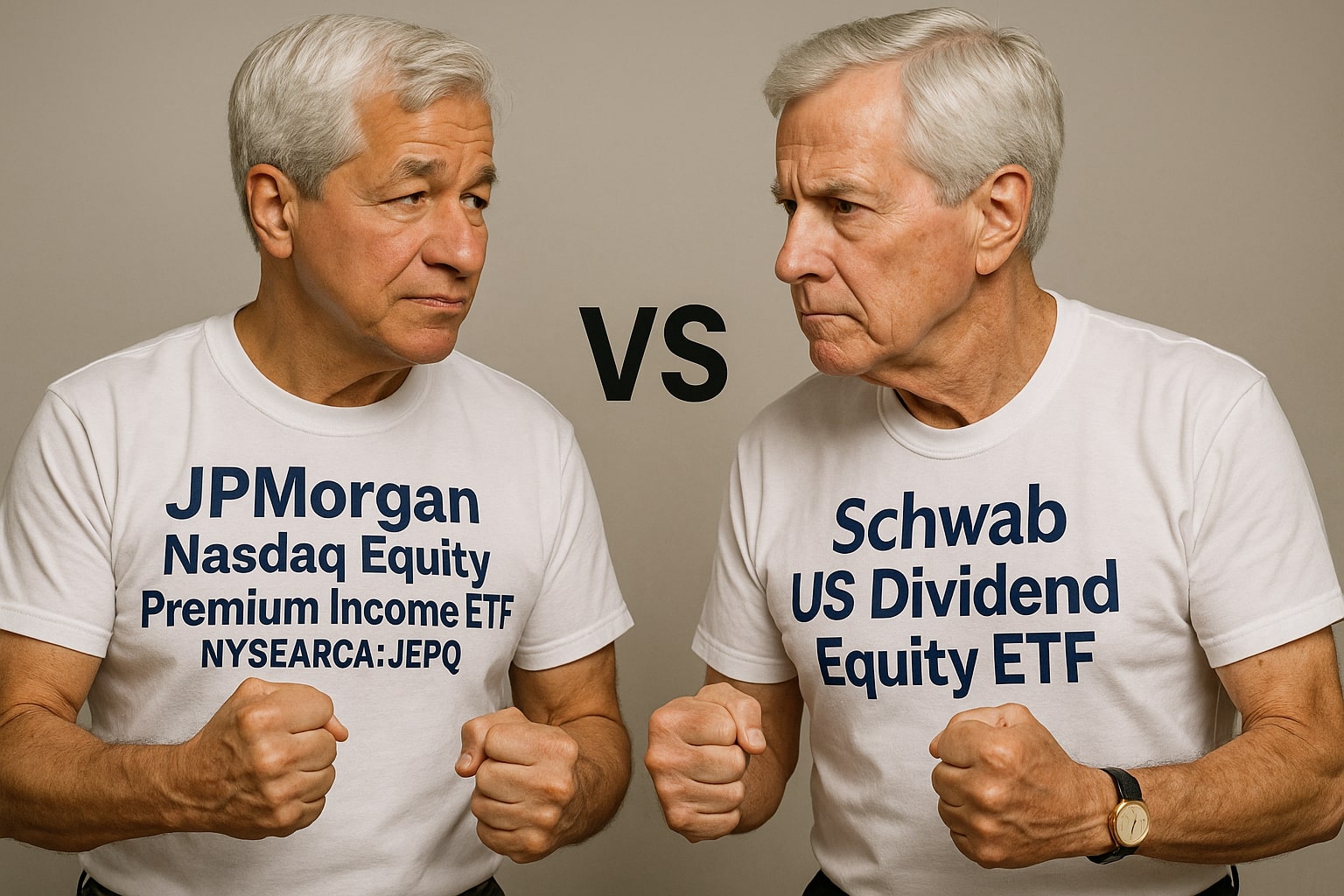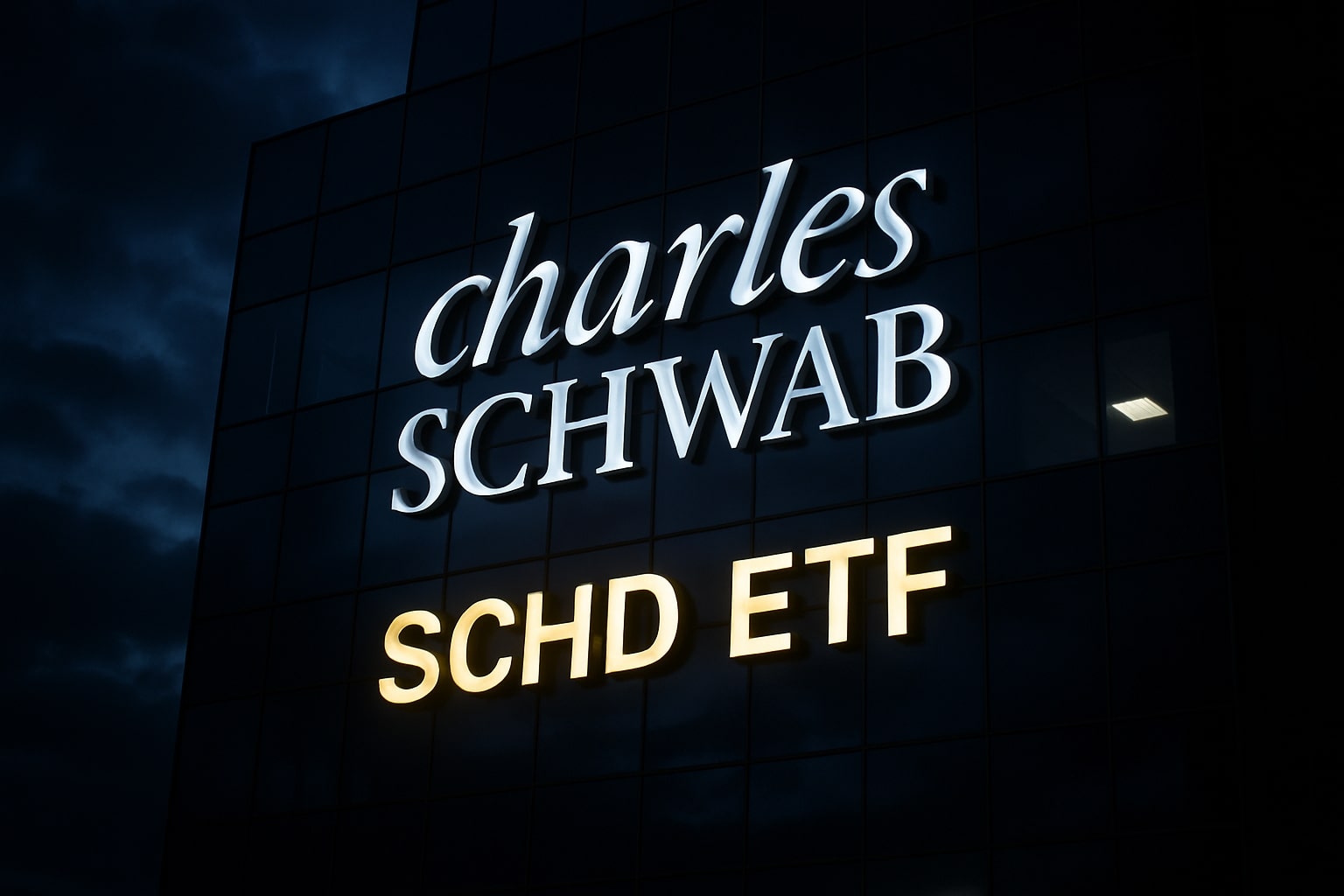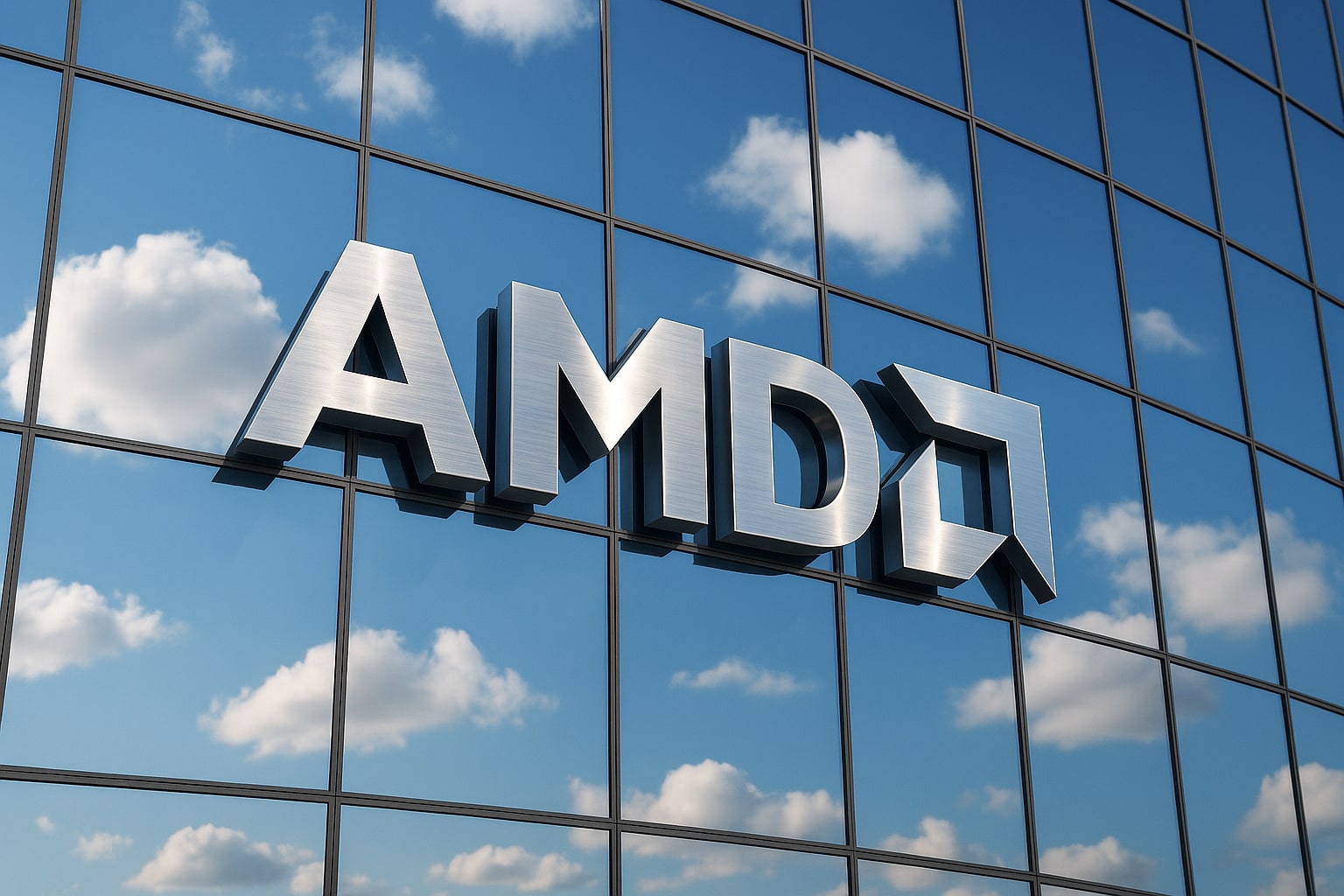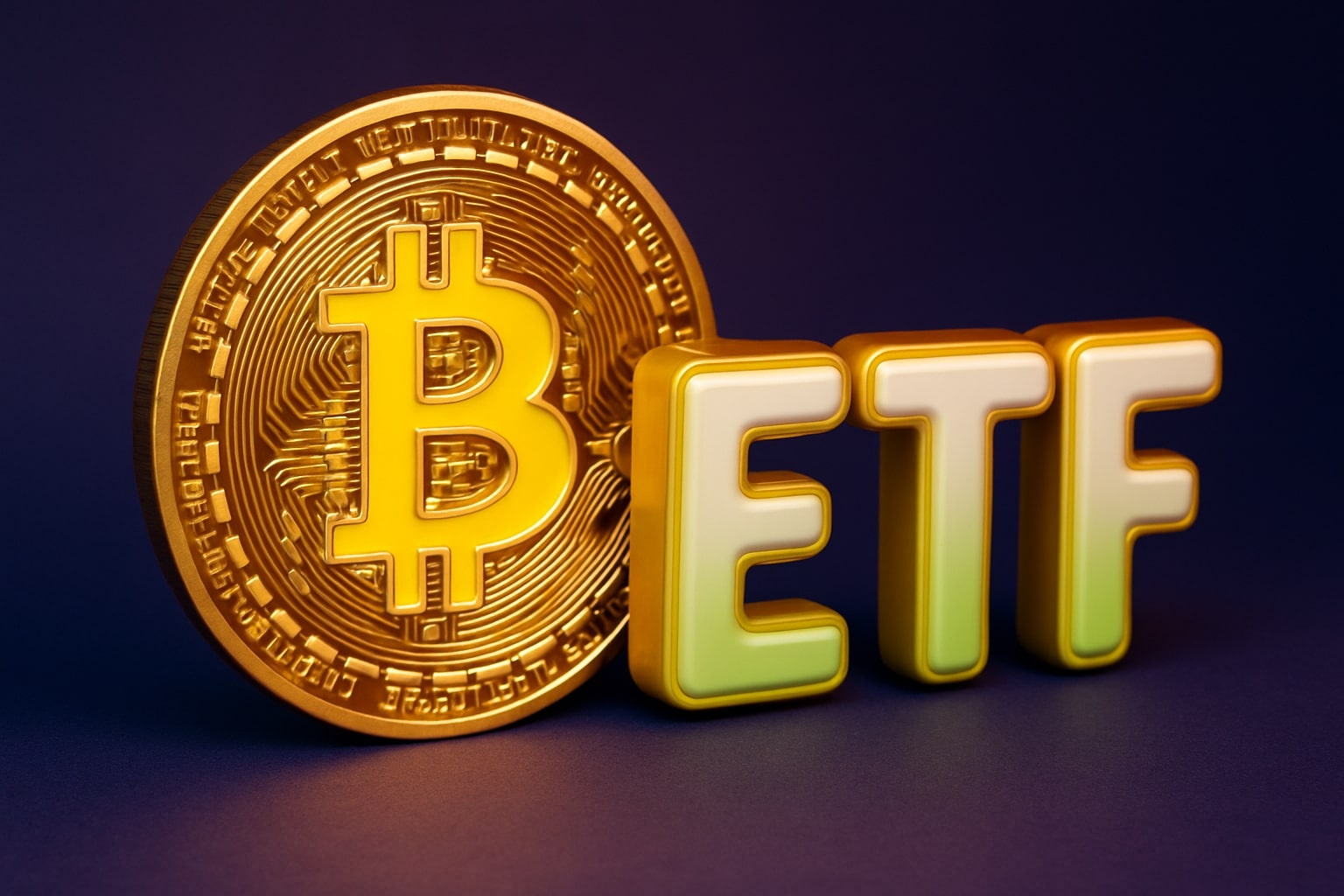
JEPQ vs. SCHD: Which ETF is the Smarter Investment for 2025—High-Yield Tech Growth or Steady Dividend Income?
Is JEPQ’s tech-driven growth at $51.09 a better bet than SCHD’s stable dividend income at $74.30 for long-term investors in 2025? | That's TradingNEWS
Comprehensive Comparative Analysis: NYSEARCA:JEPQ vs. NYSEARCA:SCHD ETFs
Deep Dive into NYSEARCA:JEPQ: Yield and Tech-Sector Upside
JPMorgan Nasdaq Equity Premium Income ETF (NYSEARCA:JEPQ) has swiftly emerged as a critical player for investors seeking substantial yields combined with growth potential from the technology sector. Initially debuting at $51.09, JEPQ witnessed a noteworthy run-up to $58.54 before returning to its original trading price amid a turbulent market environment. Currently trading at precisely $51.09, JEPQ has seen a 9.17% drop year-to-date, coinciding with broader market volatility, particularly impacting tech stocks heavily influenced by ongoing trade disputes and interest rate uncertainty.
Despite this pullback, JEPQ continues to offer compelling yields, now exceeding an impressive 11%, positioning itself as an attractive income play. With assets under management totaling approximately $24 billion, JEPQ commands significant market respect, showcasing investor confidence in its sophisticated strategy. Unlike traditional covered call ETFs such as QYLD, JEPQ employs equity-linked notes (ELNs), strategically limiting the cap on capital appreciation potential, thereby preserving substantial upside in tech equities.
Notably, the fund maintains concentrated positions in technology giants—Apple (7.2%), Microsoft (6.9%), and Nvidia (6.7%)—constituting about half of its top holdings. Tech exposure comprises approximately 49.69% of JEPQ’s portfolio, making the ETF particularly responsive to the tech sector’s swings. The recent robust earnings from leading firms like Meta (EPS beat of $1.21), Microsoft (beat by $0.24), and Alphabet (beat by $0.80) bolster the fund's near-term potential, suggesting a likely recovery in tech valuations throughout the remainder of 2025.
However, investors must consider notable risks, including rising interest rates, unresolved geopolitical tensions, and potential recessionary pressures. The refinancing of corporate debt at elevated interest rates poses a credible threat to profit margins. Moreover, fluctuations in option premiums could also impact dividend consistency, emphasizing the importance of cautious optimism when evaluating JEPQ’s enticing yield prospects.
Detailed Review of NYSEARCA:SCHD: A Pillar of Dividend Stability
The Schwab U.S. Dividend Equity ETF (NYSEARCA:SCHD), in contrast, targets investors seeking dividend consistency and balanced sector exposure. Presently managing approximately $65.69 billion, SCHD significantly eclipses JEPQ’s asset size, demonstrating its robust investor base and wide-reaching appeal.
SCHD's disciplined selection process screens 100 U.S. dividend-paying equities, meticulously evaluating cash flow-to-debt ratios, historical dividend growth, return on equity (ROE), and consistent yield performance. Recent strategic adjustments resulted in increased allocations to energy and consumer staples—rising by 8.8% and 3.7%, respectively. These sector shifts, unfortunately, coincide with new tariffs and escalating geopolitical friction, negatively impacting near-term returns, and resulting in a year-to-date decline of approximately 6.16%.
Despite these short-term headwinds, SCHD's dividend yield remains highly attractive at around 4.02%, well above its decade average yield of 3.26%. This elevated yield, largely driven by recent share price declines rather than dividend cuts, positions the ETF as an appealing entry point for long-term investors seeking dividend growth and stability.
Further underscoring its strong investment case, SCHD boasts a superior ROE of 46.79%, significantly outstripping the S&P 500's 17.2%. Moreover, its five-year dividend CAGR of 11.44% comfortably surpasses comparable dividend ETFs and broader market benchmarks, solidifying its standing among the premier dividend ETFs.
Comparative Valuation Metrics: Technology vs. Traditional Dividend Payers
Examining forward-looking valuation metrics reveals significant disparities between high-growth technology stocks favored by JEPQ and traditional dividend-paying stalwarts within SCHD. Notably, high-tech names like Nvidia and Amazon project remarkable EPS growth of approximately 48% through 2027. Yet, their current valuations trade at significantly lower multiples compared to established dividend-payers such as Walmart (29.57x 2027 EPS) and Costco (45.22x 2027 EPS), highlighting potential undervaluation within the tech space and presenting a compelling case for JEPQ.
Conversely, SCHD thrives on acquiring premium dividend payers during market pullbacks, allowing strategic entry points at reduced valuations. However, recent sector reallocations underscore risks tied to passive index methodologies, particularly amid rapidly changing geopolitical climates.
Decisive Investment Recommendations: JEPQ and SCHD
Considering detailed quantitative and qualitative assessments, NYSEARCA:JEPQ emerges as a clear buy for investors comfortable navigating volatility in pursuit of significant income from anticipated tech sector recovery. The robust 11% yield, combined with substantial upside exposure to undervalued tech equities, provides a compelling investment thesis, albeit with mindful awareness of macroeconomic risks such as interest rate changes and potential recessionary pressures.
Meanwhile, NYSEARCA:SCHD is strongly recommended as a buy for dividend-focused, risk-conscious investors. Although recent performance suffered due to ill-timed sector reconstitution, SCHD’s disciplined dividend-centric strategy, high ROE, and robust dividend growth prospects substantiate its potential for enduring performance. SCHD is exceptionally positioned to deliver steady returns and stable income streams, offering resilience through diversification and prudent stock selection.
Investors can conveniently monitor detailed insights and real-time performance metrics here: JEPQ Real-Time Chart and SCHD Real-Time Chart.
Final Observations
JEPQ, trading at $51.09, offers an aggressive growth profile with a high yield exceeding 11%, primarily driven by the tech sector. Its exposure to tech giants like Apple, Microsoft, and Nvidia positions it for potential upside if the tech sector rebounds. However, it’s highly sensitive to macroeconomic risks, including rising interest rates and trade tensions, which could lead to further volatility. Despite a year-to-date decline of 9.17%, JEPQ could outperform in the long run, particularly if the tech sector gains momentum in 2025.
On the other hand, SCHD, priced around $74.30, focuses on providing stable income through dividend growth, with a current yield of 4.02%. Its diversified portfolio, with over $65 billion in assets, includes strong dividend payers across various sectors. While SCHD has faced some pressure due to its recent sector reconstitution—leading to a 6.16% drop year-to-date—its robust 11.44% five-year dividend growth rate and high ROE of 46.79% make it an attractive choice for conservative investors. SCHD's performance is less volatile, offering resilience in uncertain markets.
In terms of performance, SCHD has proven its stability over time, with strong dividend growth and a more diversified approach. JEPQ, however, offers a higher risk/reward scenario, with its tech-heavy portfolio and higher yield, making it more suitable for investors willing to weather short-term volatility for potential long-term gains.
In conclusion, SCHD is the better option for long-term investors seeking consistent income and lower volatility, while JEPQ presents a compelling choice for those willing to take on more risk in pursuit of higher yields and growth potential from the tech sector.
That's TradingNEWS
Read More
-
SCHD ETF (NYSEARCA:SCHD) Climbs To $27.25 As Investors Flock To Dividend Stability Over Tech Volatility
12.11.2025 · TradingNEWS ArchiveStocks
-
XRPI and XRPR Jump as First U.S. XRP ETF Nears Launch With XRPC Set for Nasdaq Listing
12.11.2025 · TradingNEWS ArchiveCrypto
-
Natural Gas Price (NG=F) Steadies at $4.53 as Record LNG Exports and Rising Winter Demand Boost Market Confidence
12.11.2025 · TradingNEWS ArchiveCommodities
-
USD/JPY Price Forecast - USDJPY=X Holds At ¥154.10 As Intervention Threats And Fed Cut Expectations Drive Volatility
12.11.2025 · TradingNEWS ArchiveForex


















